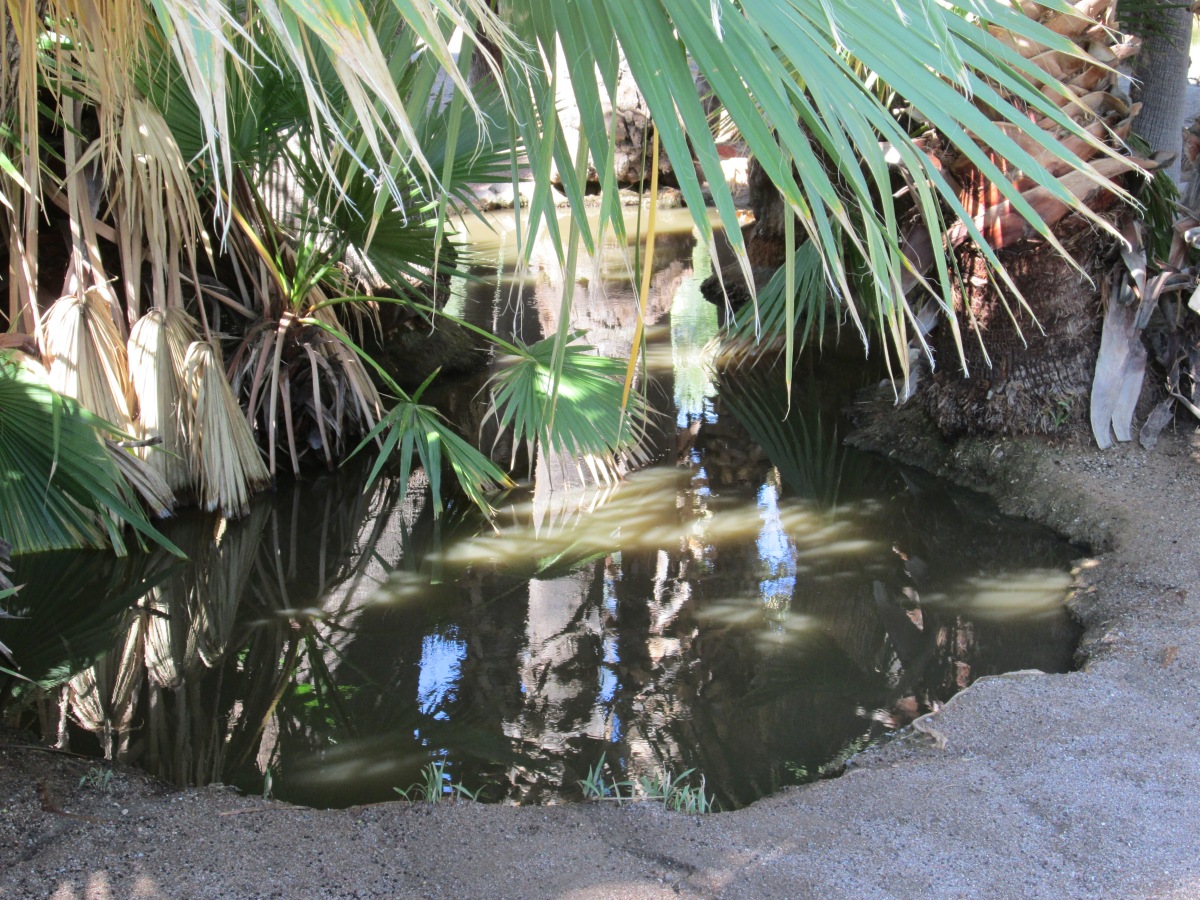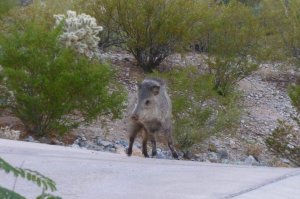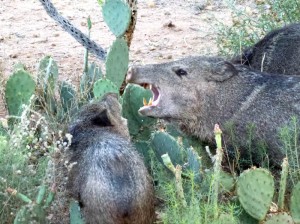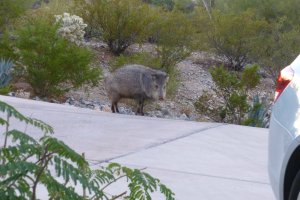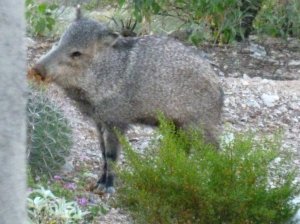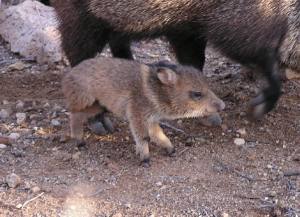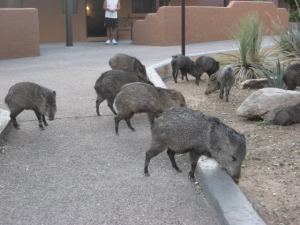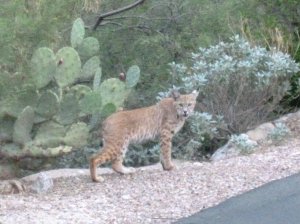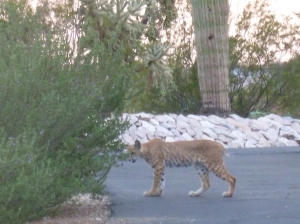Drive northeast of the Tucson city limits and you will discover a natural spring surrounded by wildlife, palm trees and native vegetation. Agua Caliente Park transports a visitor from the Sonoran Desert to a 101-acre hidden oasis.
Agua Caliente, (hot water) is named for the warm water spring that supports several ponds within the park.
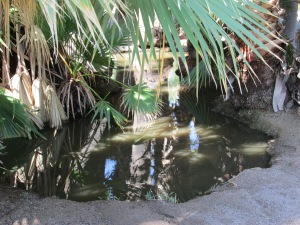
Agua Caliente Park has an open lawn edged by tall Date Palms, and a stream bank lined with mature California Fan Palms close to 100 years old.

Human habitation at Agua Caliente has been found to date back about 5,500 years. I’d like to share a simple history and insights into the rich farming and ranching of the unique desert oasis called Agua Caliente.
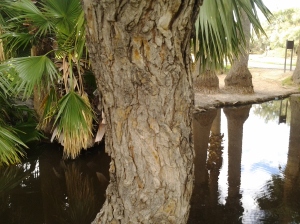
From A.D. 600 to 1450, the prehistoric Hohokam constructed one of the largest and most advanced irrigation networks ever created using pre-industrial technology.
This technology would eventually give form to the unique prehistoric culture of southern Arizona known as the Hohokam.

Around 1150 AD, a Hohokam village, referred to as the Whiptail Site, was established that extended into a portion of Agua Caliente in the Tucson basin.

Deserving of our respect, the incredible Hohokam were able to sustain life in the area of Agua Caliente for nearly 1,500 years.

The hot spring at the Whiptail Site at Agua Caliente Park has attracted native settlers since about 2500 B.C. These facts are what has helped put the Tucson Basin on the map as one of the oldest continuously inhabited areas in North America.
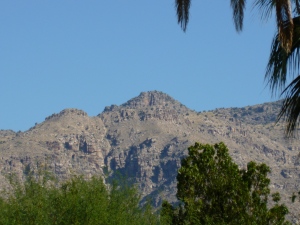

About 1853-1870s, Agua Caliente Spring was used as an army encampment following the Gadsden Purchase. What is the Gadsden Purchase?
**James Gadsden was the U.S. Minister to Mexico who was sent to renegotiate a border with Mexico that provided a route for a southern railroad in exchange for U.S. financial obligations.

In 1873, Peter Bain filed the first formal claim to 160 acres surrounding Agua Caliente Spring. He began a dairy cattle operation by bringing cows north from Sonora. Bain built a house, several outbuildings and corrals at Agua Caliente.
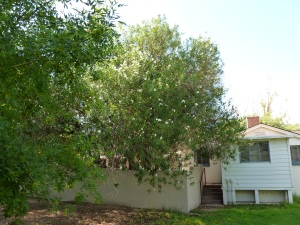
In 1875, James P. Fuller purchased “Agua Caliente Rancho” and established an orchard and cattle ranch on the property.
In 1881, Fuller’s Hot Springs Resort was advertised as a medicinal and recreational destination. He promoted the curative properties of the natural warm springs.

1880s-1920s. Various owners operated Agua Caliente as a cattle ranch and resort. The ranch bunkhouse, which dates back to the 1920s, was used by the ranch hands.
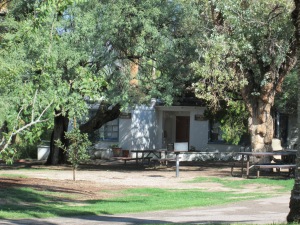

The ranch house, caretaker cottage, now known as Rose Cottage, and the bunk house have been restored. The ranch house depicts the home as it may have appeared in the 1920s.
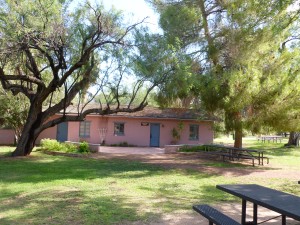
In 1935, Gibson DeKalb Hazard purchased Agua Caliente and operated it as a working ranch while also growing fruit and alfalfa.
In 1951, the Filiatrault family took over the ownership of Agua Caliente consisting of three large lakes. They also grew alfalfa for their cattle and horses and maintained the fruit orchard Fuller established in 1875.

In 1984, local businessman Roy P. Drachman donated over $200,000 toward the purchase of Agua Caliente. The donation provided the incentive for Pima County to acquire the property and establish Agua Caliente Park.
Agua Caliente Park, a Pima County Natural Resources, Parks and Recreation Facility, opened on January 19th, 1985.
March 1, 1997. Agua Caliente’s expansion areas were opened for public use. The park improvements included a paved entry drive and parking lot, accessible trails, interpretive signs explaining the waterfowl and history of this unique park, and a new maintenance building.
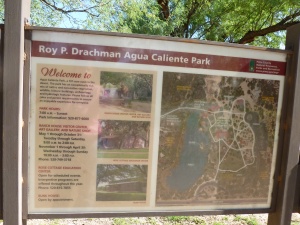
April 17, 2004. The grand opening of the newly restored Ranch House and Rose Cottage.
The ranch house was built around 1873 and is currently a visitor center and an art gallery. Call 520-749-3718 for more information.

July 9, 2009. Agua Caliente Ranch Historic Landscape was entered into the National Register of Historic Places.
For more interesting info click , part 2 of 3 – http://tjsgarden.com/2013/09/07/best-picnics-family-time-perfect-weddings-tucson-spring-park/
part 3 of 3 – http://tjsgarden.com/2013/09/12/agua-caliente-park-spring-drying-up-tucson/
Pima County Agua Caliente Park, 12325 East Roger Road, Tucson 85749 Phone: 520-877-6120

